A horse’s ability to adapt and learn is far superior to other four-legged creatures, clueing to why we don’t see cattle competing in the Kentucky Derby or showing as level 3 eventers. But while their adaptability and eagerness to please remain faithful, horses are nevertheless prey animals that need trust in their leader. Prey animals have an innate fight or flight response when they sense danger, so if their ability to escape is taken away, horses will eventually surrender leaving little room for trust and growth.
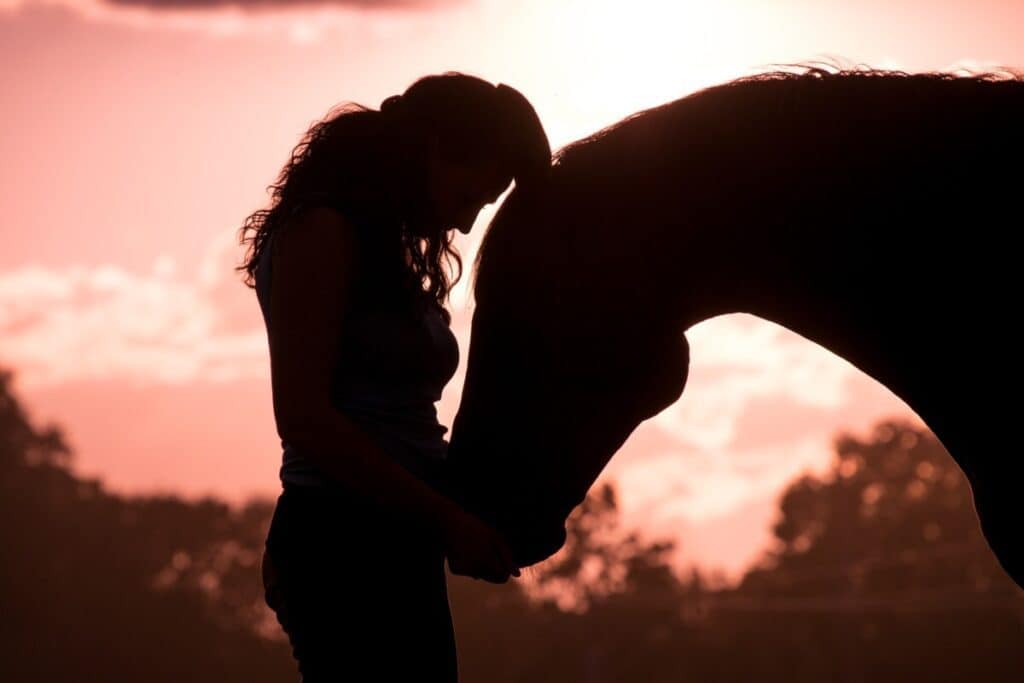
Liberty work subtracts the middle man of intimidating training tools, eliminating a horse’s fear of becoming trapped in an undesirable position. This level of freedom between horse and equestrian helps to build trust through compromise, communication, and repetition. The use of liberty work, although a more time consuming discipline, has inspired many to take a more naturalistic approach to horsemanship.
Liberty Trainer Judi Shapton.
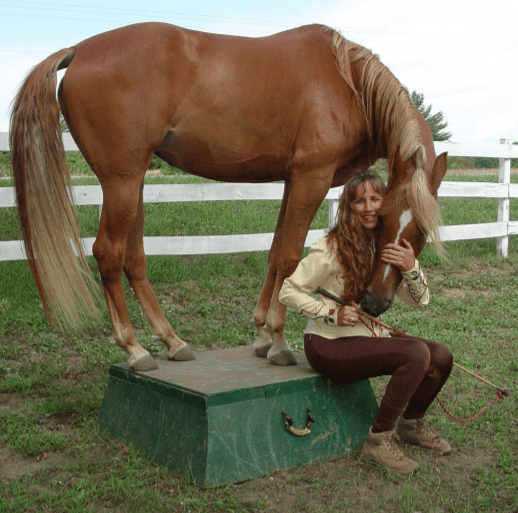
Take Minnesota local, Judi Shapton for example, who has had immense success in her horsemanship business since her inclusion of liberty training. Judi began her journey in liberty training from a very young age, when she witnessed her trainer playfully working with a horse without the constrictions of lead lines and tools. Her child-like fascination in his work led Judi to a lifetime of getting back to that moment of freedom between horse and human. Through her studies and work within the field, she expresses the goal of liberty training as the ability to “Become a leader without becoming a dictator,” creating a safe environment for both parties to learn and grow as an unstoppable team.
Years later, Judi is at her national finals for a western pleasure class, signifying her last chance to make a considerable impression on the judges and crowd. Taking a second look at the rule book, Judi had to make sure she was not going to be disqualified as she entered the class with only a saddle and savvy strong as her means of tack.
Awaiting her results, a fellow competitor compliments her unique equipment with the words; “You just might be changing the world.” Moments later, Judi is awarded the fourth position in a class that usually requires a bridle, sweeping the crowd off their feet. While competing against twenty-seven bridled and saddled riders, Judi claimed a top position with only a 6-foot rope as her means of a bridle.
As the crowd rejoiced in her victory, Judi and Windchime had done something that had never been done before, showcasing their unique relationship based on trust and compatibility. A relationship such as theirs creates the foundational characteristics of liberty’s newly accepted but deep-rooted horsemanship method.
Liberty Work Growing in Popularity.
While liberty work can be traced back to the ways of Native American equine domestication, its popularity has only grown substantially in recent years.
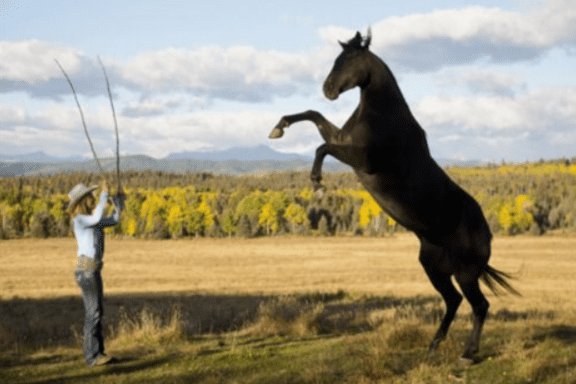
The year is 2011 when the world sensational Canadian series known as Heartland showcases a different breed of horse training. Young and curious Amy Fleming ventures out on her brilliantly ravened steed Spartan. They stumble upon the captivating work of a professional liberty horse trainer, as two luminous sterling horses parade around him in a choreographed fashion. As Amy begins to take an interest in his work, she is shown cueing Spartan to rear, bow and follow her every command with nothing but a soft whip.
The show’s successful display of liberty training is thanks to the work of Double Dan Horsemanship, the Australian cooperation focusing on bringing all horses and humans to more level ground.
Liberty Trainers Double Dan Horsemanship.
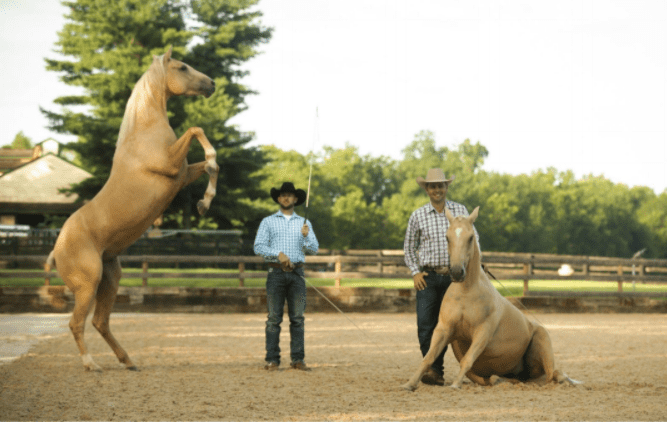
Started as two young, rope-slinging, crowd-pleasing cowboys, Dan James and Dan Steers turned their passion into a franchise. When the team first began their ventures into the art of liberty training in 2008, they never turned back. The company has since grown in popularity through their distinguished participation in various Freestyle Reining competitions, Extreme Mustang Makeovers, and the Australian Reining Team at Tryon in 2018. In 2010, the power team even made an appearance at the World Equestrian Games as the opening act.
“I still get the same excitement out of it when I see a young horse that we are developing and teaching liberty work to as I did 10-20 years ago.” Dan James, CEO and the face of the US headquarters speaks about his work with a level of elation as he breaks down the fundamentals of their training process.
When starting a new horse, he studies their movements, habits, and body positionings to understand how he can reach that horse. Once he has established a relationship, James can aid in the movement of the horse’s feet, a process of controlling the direction, followed by the ability to change the direction. The element of liberty shines through with the process of drawing the iron shoulder. James refers to this step as understanding “Where we stand in relation to that horse.”
Have you ever felt the glaring eyes of another so intensely from an angle you can’t see that you have the overwhelming urge to turn around and lock eyes? This is the methodology of drawing the iron shoulder, signifying somewhat of an emotional tether. This tether will replace the need for a lead line or whip, allowing you to focus on new activities to practice. As you continue to build the layers of liberty, you will start to notice the ability to reach the desired action with very little effort exerted.
Liberty A Welcome Addition to Training
In recent years, the addition of liberty techniques into general training programs has been widely praised. Liberty work is stripped down to the core relationship that exists between horse and rider, whether it initial[1]ly be a dictatorship or partnership. This simplistic nature allows horsemen like Judi and James to pinpoint the origin of any problem from performance issues to undesirable habits.
When working with horses, it is important to understand that not every horse will be perfectly calm and willing to complete the tasks you ask, requiring a level of composure and patience. Among the many successful horses Judi has worked with, she once faced an uncatchable, unrideable, and essentially feral mare that decided she belonged to no man. The mare would wander the roads and pastures, avoiding all contact with humans until a friend of Judi’s decided it was time to give her a home. After a speedy construction of a round pin and the lengthy process of baiting the mare in, Judi began her liberty work.
The first day, Judi simply sat in the middle of the ring for 2 hours as the mare ran in tireless circles. After her unwavering stubbornness, the mare looked to Judi. While only for a brief moment, Judi and the mare had formed a connection. After a few days of work, Judi was stroking the mare’s head as she licked her lips in comprehension, signifying the beginning of their journey.
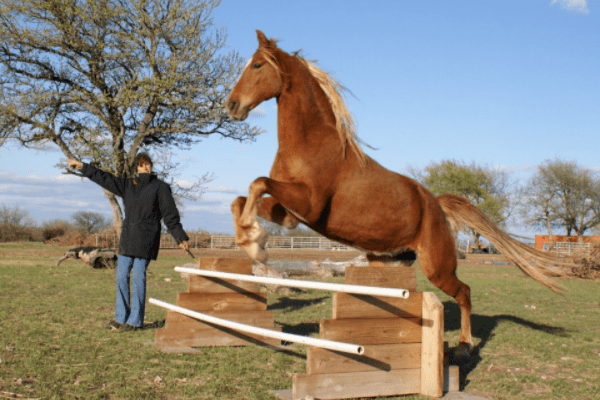
Like Judi, James has faced several horses that are not particularly fond of building a connection, meaning he understands the common frustration of training a stubborn horse. These horses are not as inclined on turning around when you glare at them, leading to the idealized and somewhat forceful method of horsemanship.
“People think that the product of a finished reining horse or dressage horse comes from machinery, an almost forceful training technique.”
While the end product may have a smooth collected lope or a perfect sliding stop, forceful training is simply a means to an end in comparison to liberty training. Training without equipment allows for continual growth, as you build and challenge your team’s capabilities. When facing a troublesome horse, James suggests adding a friend or trainer as guidance to your daily practices. Even if they are just there to ensure your safety, it is important that you “Don’t isolate yourself,” and be sure to celebrate the little victories along the way. While there are hundreds of trained horses under his belt, James cherishes every small advancement, “Whether it’s a rear or a spin for the first time.”
International Liberty Horse Association.
Over the years of hard work and hundreds of horses, the Double Dan team has inspired thousands to join the world of liberty training who are looking for that “Ah-ha” moment with their horse. Most notably among their successes was the development of the International Liberty Horse Association created by wife and loving mother, Elizabeth James in 2019. Fueled by her success[1]es in the business and her horse-trainer of a husband, International Liberty Horse Association. Elizabeth spearheaded the birth of the association to create a community of like-minded individuals. James applauds his wife’s work, as she has “Giving people who love and enjoy the Liberty Work somewhere to showcase it and test themselves and their horses.” The association welcomes any breeds, disciplines, ages, and demographics that are looking to gain a greater connection with their horse or help to resolve a reoccurring issue.
Redefining Traditional Horse Training.
Horsemen like Judi and the Double Dan team are redefining the traditional term of “breaking a horse”, by getting a closer look at the underlying behaviors of the equine species. Liberty work has been used in training purposes since the beginnings of equine domestication but has been lost to human’s dictatorial tendencies. As we enter a world that presents more conflicts and uncertainties daily, it is time to return to a simpler lifestyle.
It is our responsibility to create a safe and dynamic equine-to-human industry for the horsemen of tomorrow. With a lifetime of equine practice, Judi is now passing on her knowledge and unparalleled work with horses to her two youngest grandchildren.
Let us take some time to truly understand the value of those beasts we call horses, by understanding their tics and habits we establish an unstoppable bond that will last a lifetime.
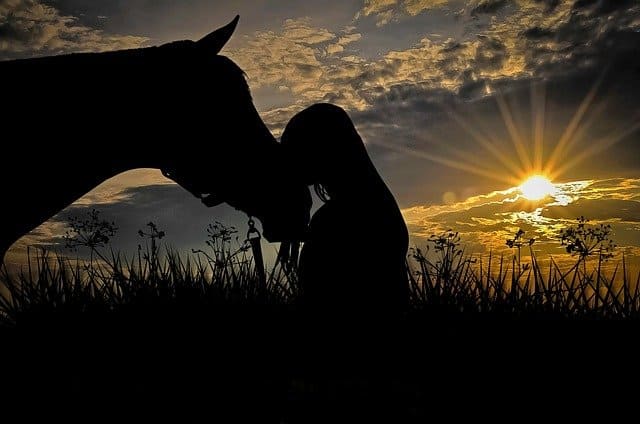
This Article by Jordan Bastian was originally published in the September 2020 Edition of Irish Sport Horse Magazine.
